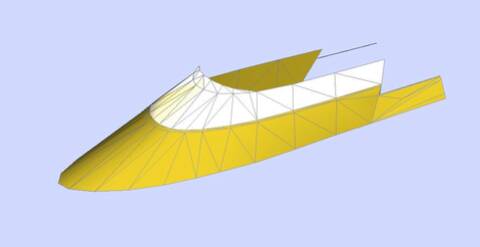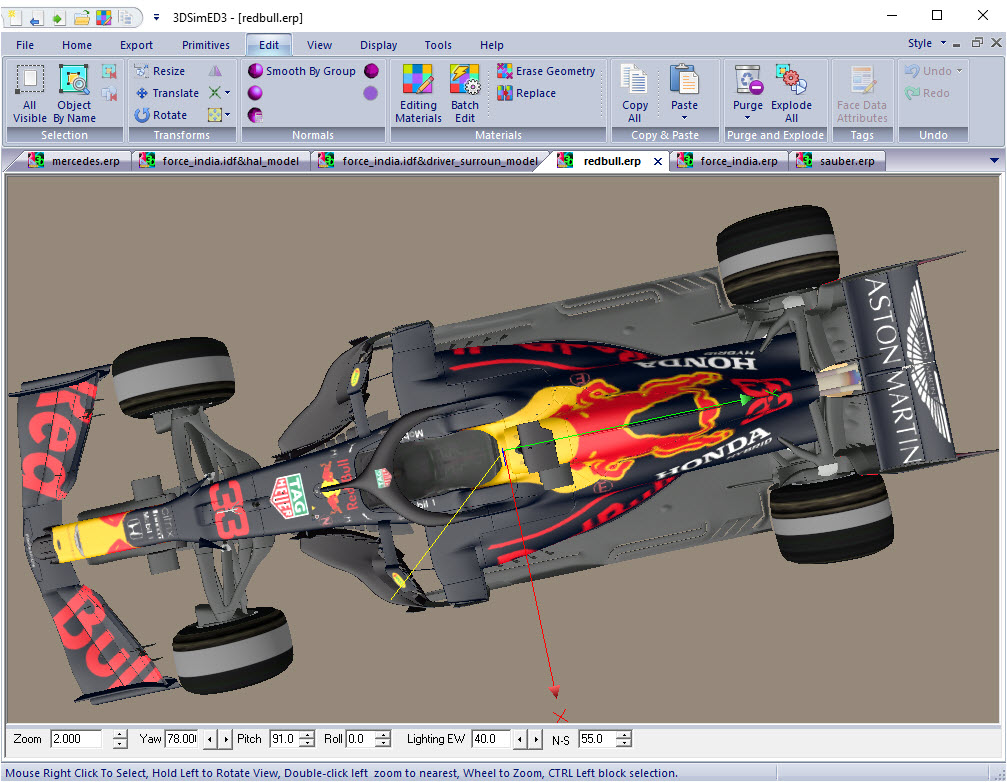

Lets you attach another object to the NURBS object. This creates an independent, top-level object again. Leaving the Imports sub-object level returns to NURBS-style display. This wouldn't be possible if it were displayed as a converted NURBS curve. For example, an imported Bezier spline needs to display its tangent handles. This is because the display must let you edit the imported object. In other words, it displays as it would if it were a top-level object. However, at the Imports sub-object level, the selected import is displayed using its native display format.

While you work at the NURBS object level or at a sub-object level other than Imports, imports are displayed as NURBS curves or surfaces, and use the NURBS object's mesh tessellation (see Surface Approximation). Imports are displayed in two different ways. In this case, the import sub-object is in an error state, and it is displayed in the error color (orange by default). For example, if you import a sphere and apply a Bend to it, the sphere converts to an editable mesh, which can't automatically convert to a NURBS surface. It is an error to apply a modifier to an import when the modifier converts the import into something that can't be converted to a NURBS object. When you select an import, it is highlighted in red.

Once you have imported an object, the NURBS object has an Imports sub-object level. For example, if you import a box, you can create a blend surface between one of its polygons and another surface in your NURBS object. Surfaces and curves created by an import are available in the NURBS model. This allows you to edit it as a Bezier spline, and not as a NURBS curve. To maintain parametric control over primitives.įor example, if you import a sphere, you can change its radius directly, which you can't do after using Attach.įor example, if you want to use a Bezier spline as a curve in a NURBS model, import it.Here are reasons to use Import instead of Attach:


 0 kommentar(er)
0 kommentar(er)
